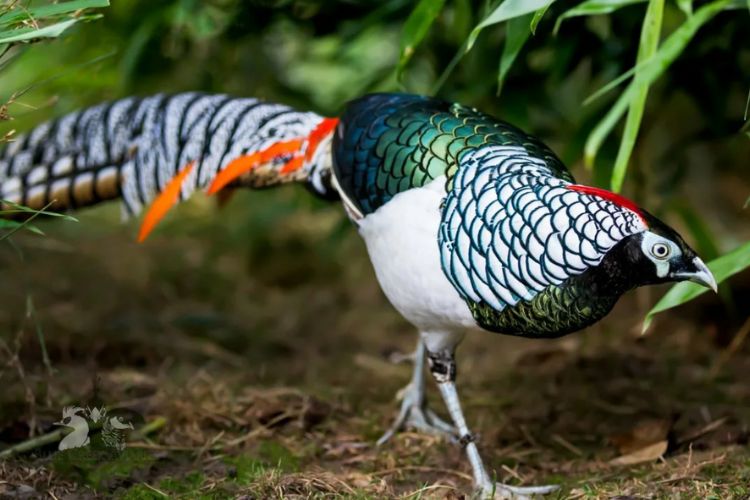
Lady Amherst’s Pheasant, known scientifically as Chrysolophus amherstiae, is a bird species renowned for its striking appearance and regal elegance. Native to southwestern China and Myanmar, this majestic bird belongs to the family Phasianidae, which includes other notable species like peafowl and partridges. What sets the Lady Amherst’s Pheasant apart is its resplendent plumage, characterized by a vibrant array of colors and intricate patterns.
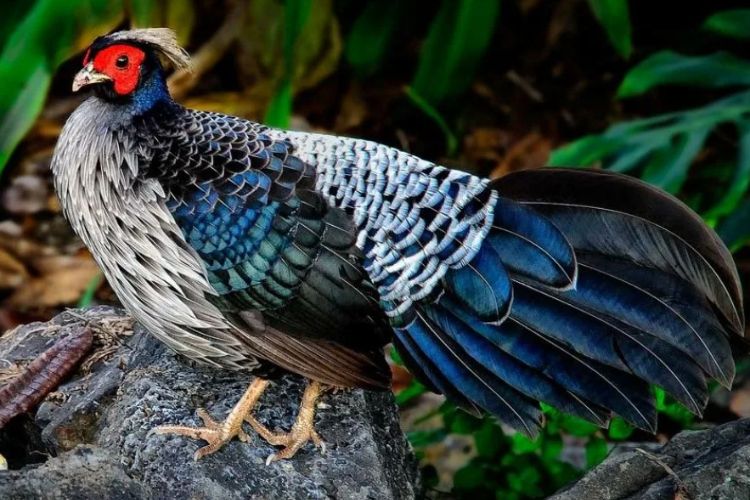
The male Lady Amherst’s Pheasant boasts an impressive and flamboyant appearance. Its most distinctive feature is the long, sweeping tail adorned with shimmering feathers that showcase iridescent hues of blue, green, gold, and copper. These elongated feathers, known as “crest” feathers, extend far beyond the bird’s body, creating a mesmerizing display during courtship rituals and territorial displays. In contrast, the female Lady Amherst’s Pheasant exhibits a more subdued appearance, with predominantly brown plumage and a shorter tail.
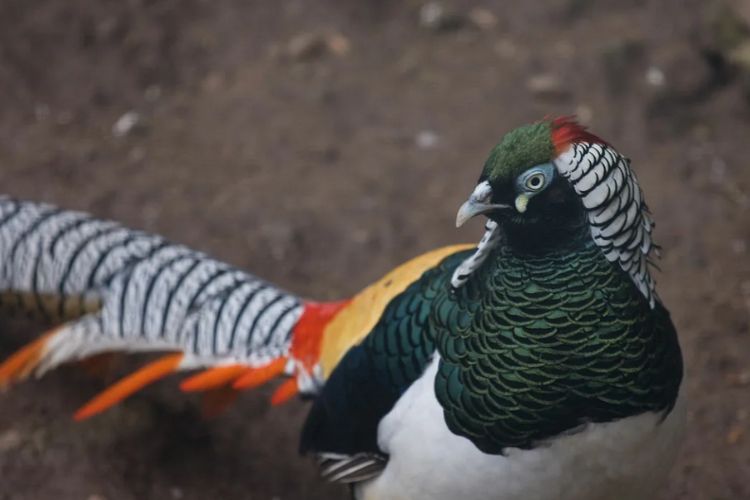
Lady Amherst’s Pheasants inhabit dense forests, bamboo thickets, and grassy meadows, where they forage for seeds, grains, insects, and small invertebrates. They are primarily ground-dwelling birds but are also capable of short bursts of flight when necessary. While they are generally solitary or found in small groups outside of the breeding season, males become more vocal and conspicuous during courtship, using their elaborate plumage to attract mates.
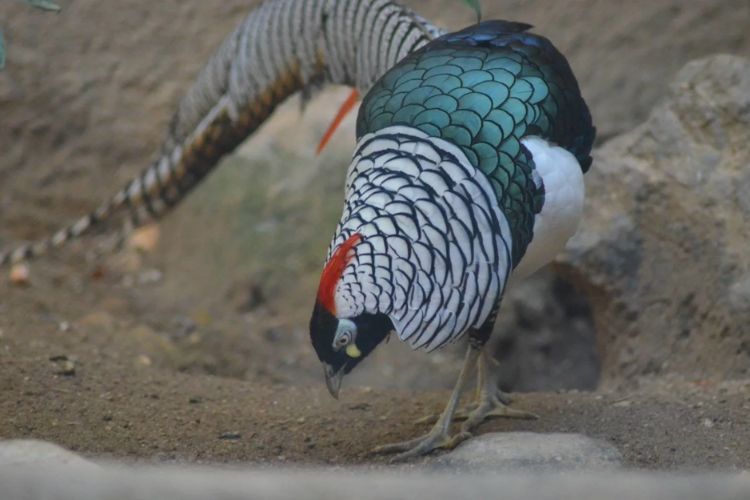
These pheasants are named after Sarah Countess Amherst, an English aristocrat and keen ornithologist who first introduced the species to the Western world in the 19th century. Since then, Lady Amherst’s Pheasants have captivated bird enthusiasts and artists alike with their breathtaking beauty and graceful demeanor. They have become popular subjects in avian art, appearing in paintings, sculptures, and even on various decorative items.
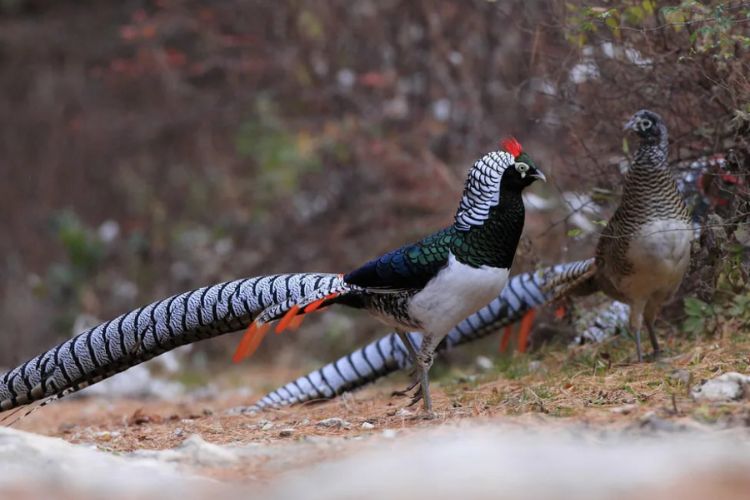
Unfortunately, like many other species of pheasants, Lady Amherst’s Pheasants face threats in the wild, including habitat loss, poaching, and illegal trade. Conservation efforts are crucial to safeguarding their populations and preserving their natural habitats. Various organizations and initiatives are working to protect these magnificent birds and raise awareness about the importance of biodiversity conservation.
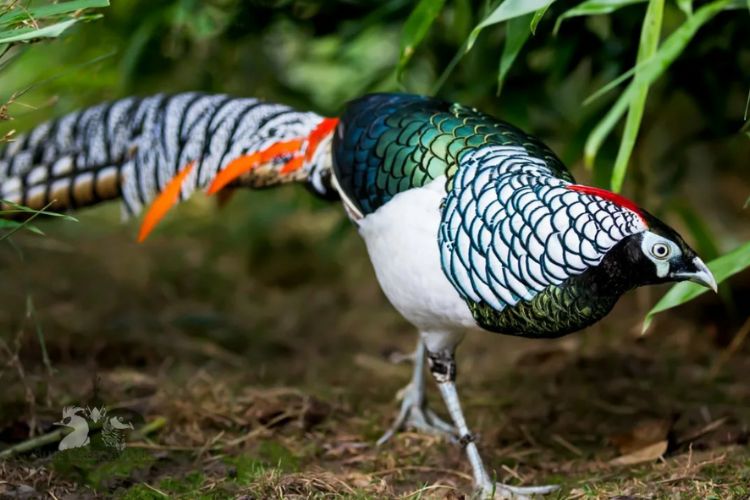
In summary, Lady Amherst’s Pheasant stands out as a symbol of regal elegance and natural beauty. With its resplendent plumage and graceful demeanor, this remarkable bird continues to inspire awe and admiration among bird enthusiasts and nature lovers worldwide. Protecting these magnificent creatures and their habitats is essential to ensuring their survival for generations to come
 .
.